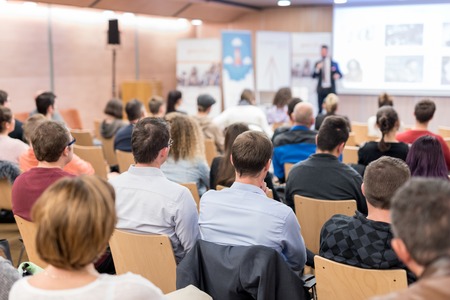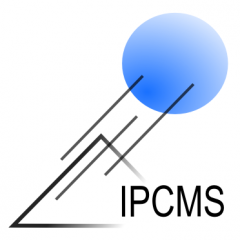Andreas J. HEINRICH
| Center for Quantum Nanoscience, Institute for Basic Science (IBS) Department of Physics, Ewha Womans University Seoul, Republic of Korea |
Résumé:
There is a strong international research effort in the area of quantum information science. Here, the concepts of quantum coherence, superposition and entanglement of quantum states are exploited. These concepts were originally shown with photons as well as atoms and ions in vacuum traps. Over the past two decades, many advances at studying such quantum coherence in solid-state and molecular architectures have evolved [1].
In this talk we will focus on quantum-coherent experiments in Scanning Tunneling Microscopy (STM). STM enables the study of surfaces with atomic-scale spatial resolution and offers the ability to study individual atoms and molecules on surfaces. Here at Ewha, we have one of the world’s best facilities for such studies. STM can also be used to move atoms with atomic-scale precision, which enables us to build engineered nanostructures where each atom is in the exactly correct place.
In order to study qubits with STM, we recently learned how to combine STM with electron spin resonance [2,3]. Spin resonance gives us the means to quantum-coherently control an individual atomic or molecular spin on a surface. Using short pulses of microwave radiation further enables us to perform qubit rotations and learn about the quantum coherence times of our spins [4]. Finally, we will finish with unpublished results on multi-qubit operations with spins on surfaces.
1. Andreas J. Heinrich, William D. Oliver, Lieven M. K. Vandersypen, Arzhang Ardavan, Roberta Sessoli, Daniel Loss, Ania Bleszynski Jayich, Joaquin Fernandez-Rossier, Arne Laucht, Andrea Morello, “Quantum-coherent nanoscience”, Nature Nanotechnology, 16, 1318-1329 (2021).
2. Susanne Baumann, William Paul, Taeyoung Choi, Christopher P. Lutz, Arzhang Ardavan, Andreas J.
Heinrich, “Electron Paramagnetic Resonance of Individual Atoms on a Surface”, Science 350, 417 (2015).
3. Yi Chen, Yujeong Bae, Andreas Heinrich, “Harnessing the Quantum Behavior of Spins on Surfaces”, Advanced Materials 2022, 2107534 (2022).
4. Kai Yang, William Paul, Soo-Hyon Phark, Philip Willke, Yujeong Bae, Taeyoung Choi, Taner Esat, Arzhang
Ardavan, Andreas J. Heinrich, and Christopher P. Lutz, “Coherent spin manipulation of individual atoms on a surface”, Science 366, 509 (2019).
Support from Institute for Basic Science (IBS-R027-D1) is gratefully acknowledged
23 rue du Loess
Strasbourg
Campus de Cronenbourg, building 69

Upcoming Events
Back to CalendarEPICUR workshop on nano-optics and magnonics
in the framework of the EPICUR university alliance with SDU (DK), AMU (PL) and AUTh (GR)
PhD defense : Talha ZAFAR
Title : " Nanobead-based Lithograpghy-free Fabrication of Molecular Spintronic Devices"
